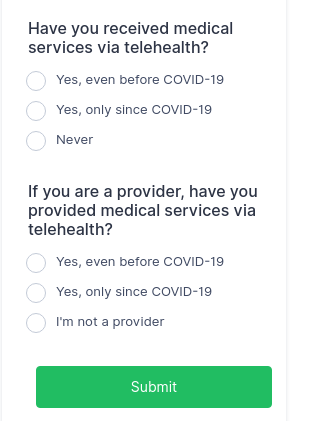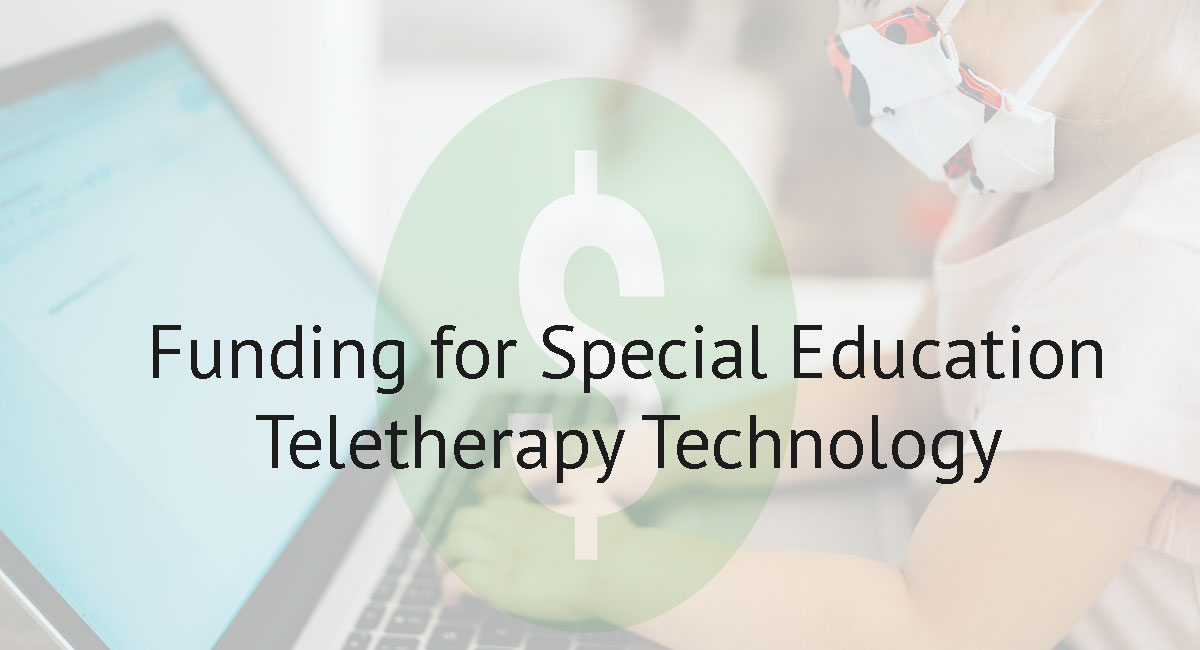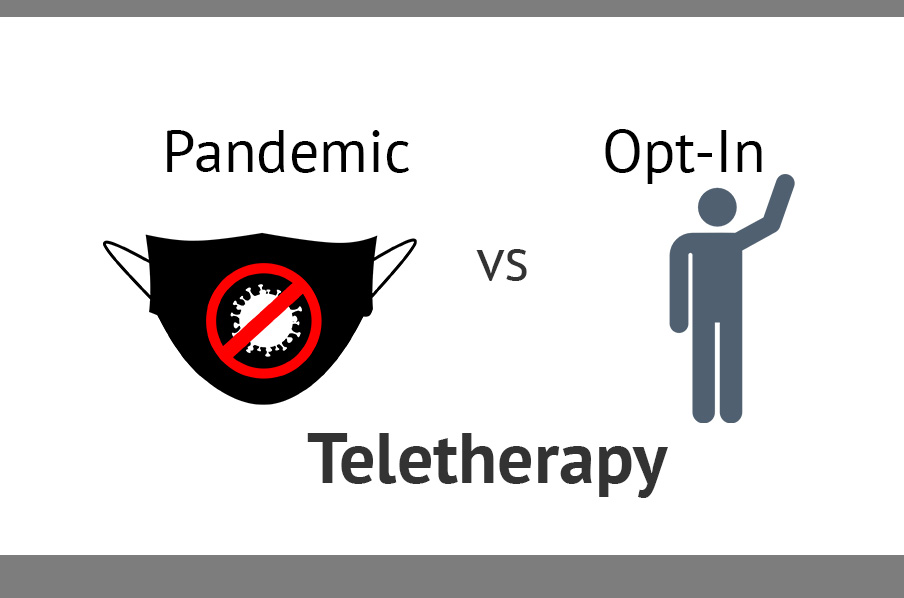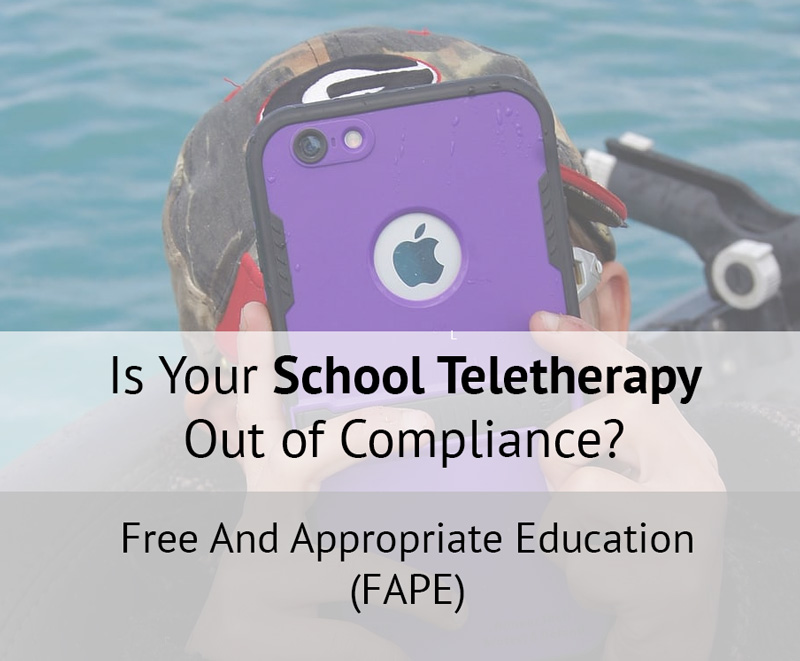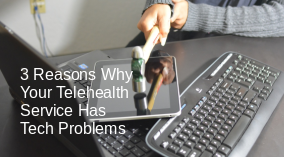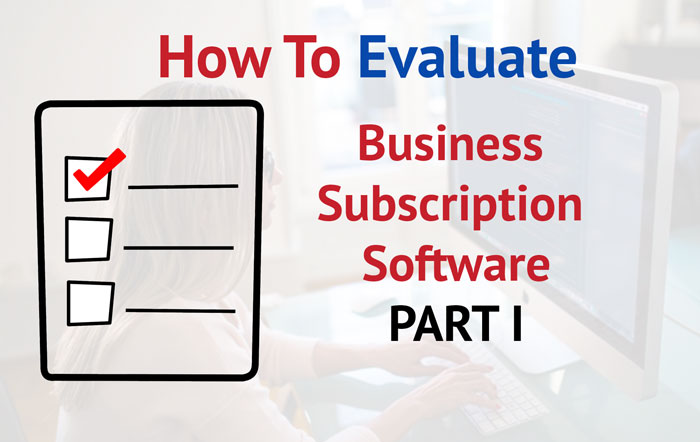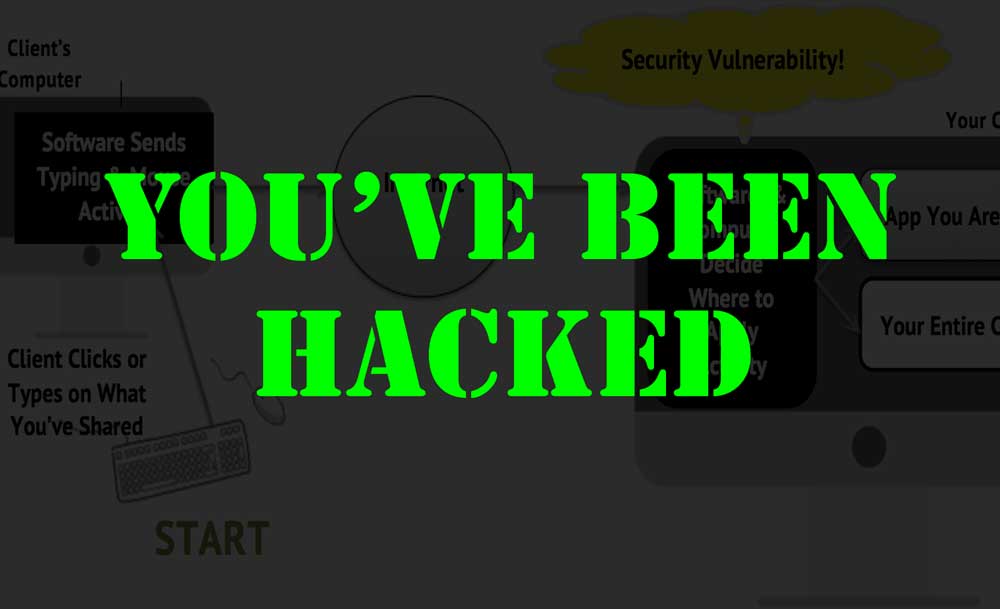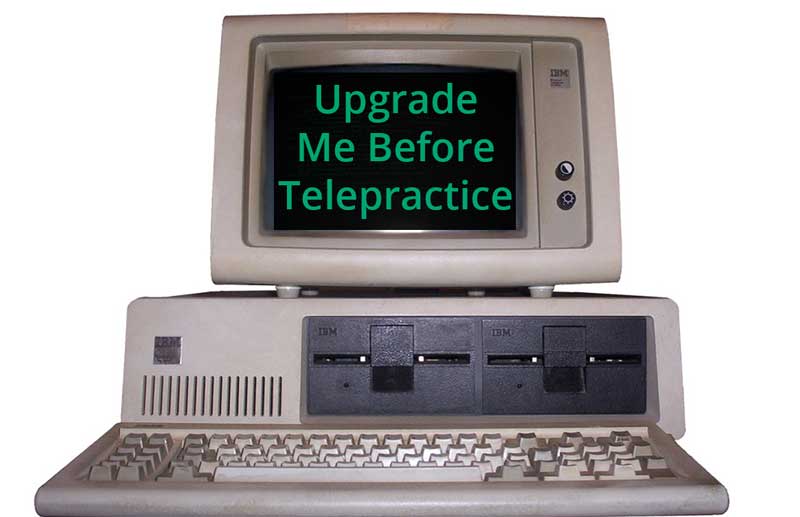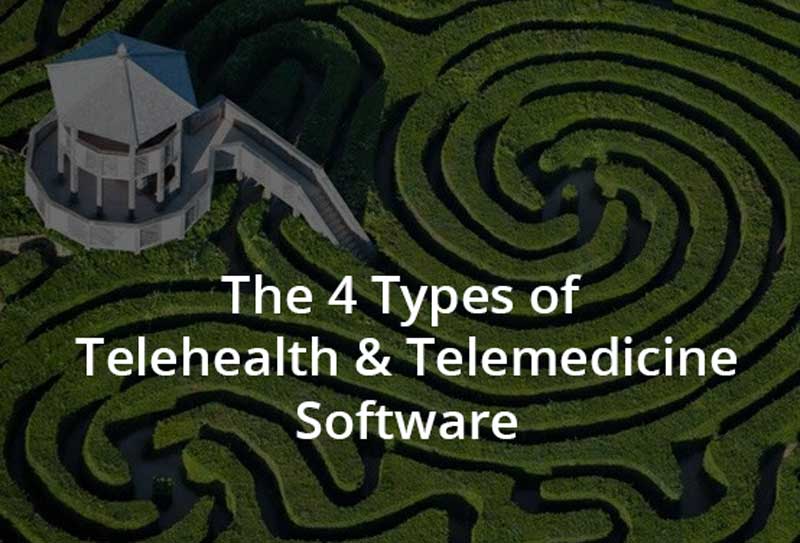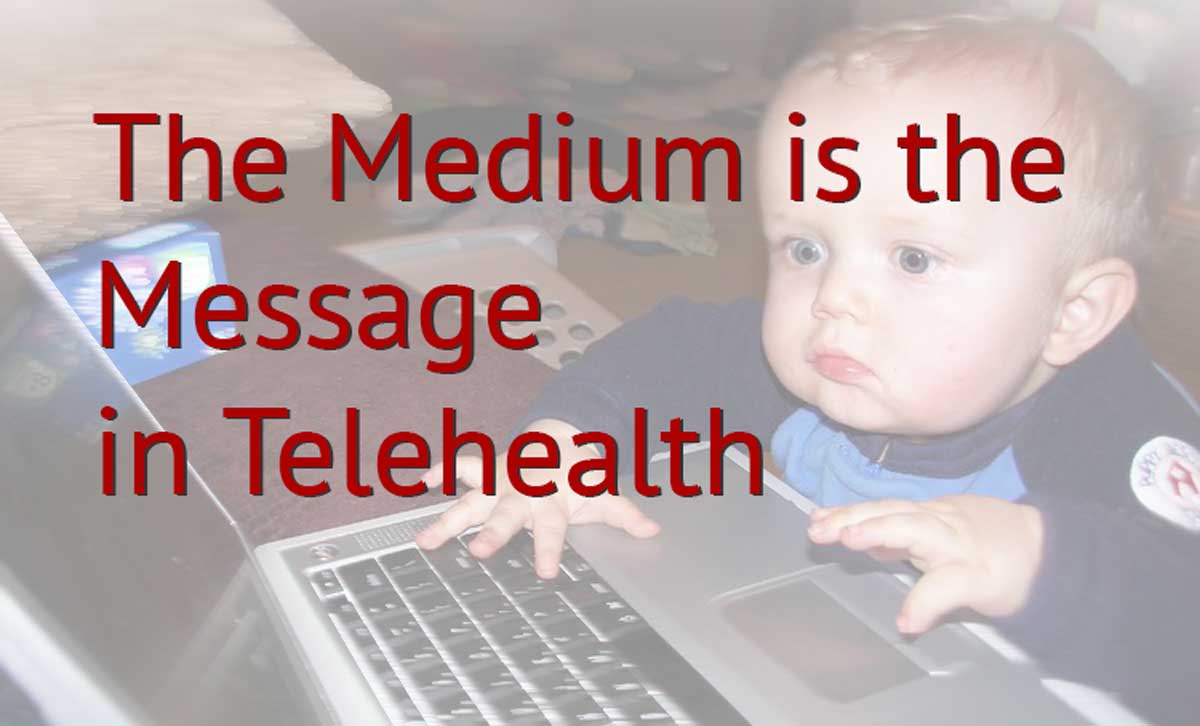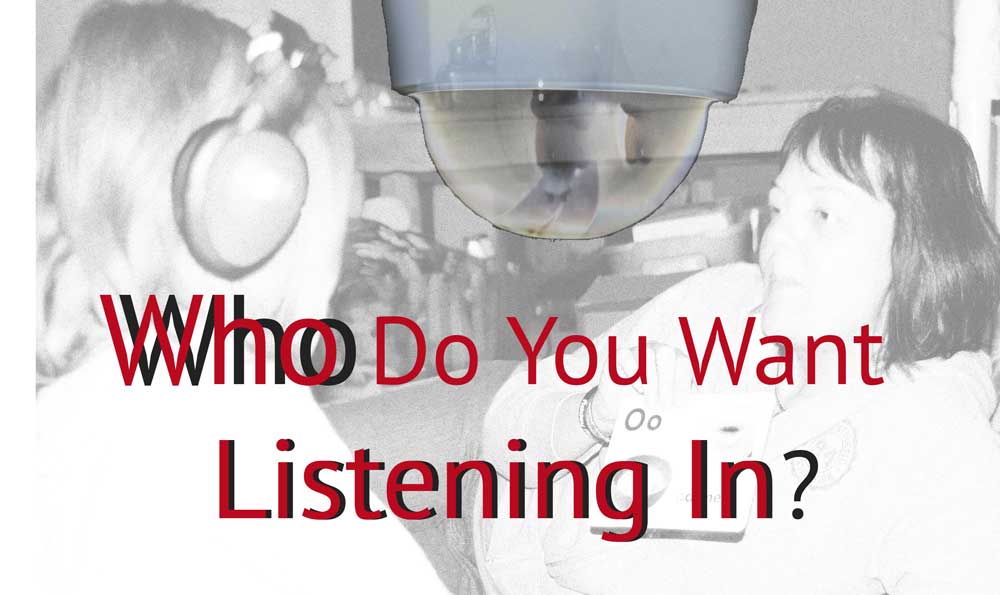Funding for Special Education Teletherapy Technology |

I have been providing virtual services over 80% of my career as a Speech-Language Pathologist. Over most of that time, I utilized a variety of video-conferencing softwares (e.g. WebEx, Zoom) as my "platform" for providing these services. Until 2020, I would have listed these as, "platforms" for doing teletherapy. Since I started using Blink Session for virtual services, I now see there is a difference between a typical video conferencing system, built for business meetings or chatting, and service delivery platforms that utilize video conferencing as ONE of the features.
As an SLP, I realized that my virtual services are not strictly talking to people. I also do material presentation, verbal and written modeling, caregiver correspondence, diverse caseload intervention, documentation of services, attendance tracking, and more. To provide these services online, the tool which provided the video conference was only one of many I needed.
Here’s what I learned and the immediate benefits I enjoyed after switching.
Easy (and Safe) Communication with Parents
My workflow prior to Blink Session was to copy a video conferencing link and place it into either a separate calendar system OR to send it in an email to parents and/or the facilitator. For appointment reminders, I often had to generate an email myself the day prior. For homework assigning, I had to download whatever document I was wanting to utilize and email it to parents or share via a separate application (e.g. SeeSaw). With my old workflow, it was very hard to collaborate with parents about student progress. I had to send them a separate email with a SOAP note type message, which wasn't secure, but there was no other way!
With Blink Session, I’m able to document the session, send messages, send homework assignments, and appointment reminders that are completely automated. All this in one platform. I have reassurance that parents receive communication in a safe manner AND they have visibility to what is being worked on.
Built-In Materials and Tools
Obviously, regular video conferencing systems do not have built-in materials, let alone anything specific to therapy. When I used Zoom and WebEx, all I could do was screen share materials I found on the internet. I ended up purchasing a good amount of apps to try and find therapist-specific related material that would work over screen share. In addition to spending serious time and money on material acquisition, I would build individual online folders to keep my student specific materials organized. It was a mess.
When I switched to a platform that offers more than video conferencing, arguably one of the biggest perks I experienced was that every platform feature was tailored for service provision. Things like the PDF upload, YouTube integration, material bank, card builder, white board, SOAP note setup, etc increased my efficiency, increased session productivity, and made it much easier to provide individualized sessions to each of my students. All a major time saver.
One Piece of Technology to Deal With
Prior to using Blink, I had to keep up with separate a calendar system, homework/messaging system, video conferencing platform, material website subscription, SOAP note system, and more. The number of logins I had to keep up with was crazy, and it made things more difficult for my students, parents, and school team members. Back then, I did not realize how much my productivity, internet bandwidth, and session efficiency was impacted by utilizing so many systems. Switching to a therapy platform decreased the amount of technologies I used, the number of passwords I needed to remember, and the amount of technologies the facilitator on the other end had to use.
Training Myself and Others
When I first entered the teletherapy space, I thought of the video conferencing software I used, such as Zoom, as my "platform". It was a "figure out what to do as you go” approach. With WebEx/Zoom/Google Meets, there weren’t specific resources I could turn to for training that spoke to the application when providing virtual therapy services. When you have to coordinate what seems like a million tech things to be successful as a virtual therapist, it can be intimidating. Training other therapists, facilitators, school team members on this was just as challenging.
The various trainings available at Blink Session increase a therapist’s proficiency at teletherapy, increase awareness towards platform features, and help with confirming the facilitator is provided with tools and support needed to access the session and other features.
In the End
Speech, OT, ABA, and other similar therapies are dynamic and multifaceted specialties. They requires a platform that is tailored to address each unique component. What I learned after five years of using Zoom is that caregiver communication, productivity, efficiency, and training are a priority when providing virtual services and those areas can only be accomplished when using a teletherapy specific platform.
Telehealth Quick Poll
